In the Race for Clean Energy, the United States is Both a Leader and a Laggard—Here’s How
Union of Concerned Scientists
MAY 27, 2024
The new global record in the generation of renewable energy was powered primarily by solar and wind. Solar power has been the fastest growing source of electricity in the world for 19 years in a row according to Ember’s Global Electricity Review 2024. percent of the globe’s electricity in 2015, solar now produces 5.5


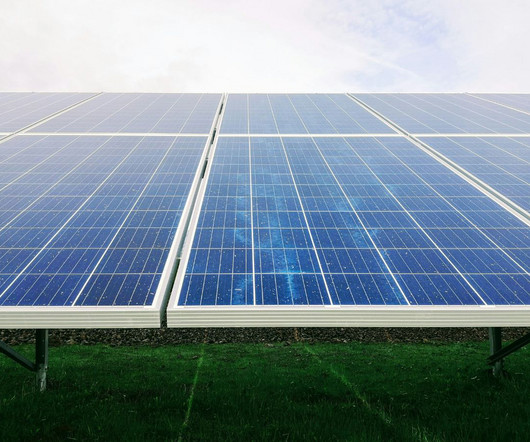

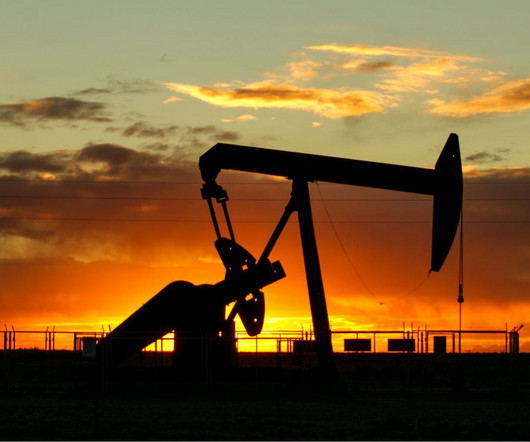
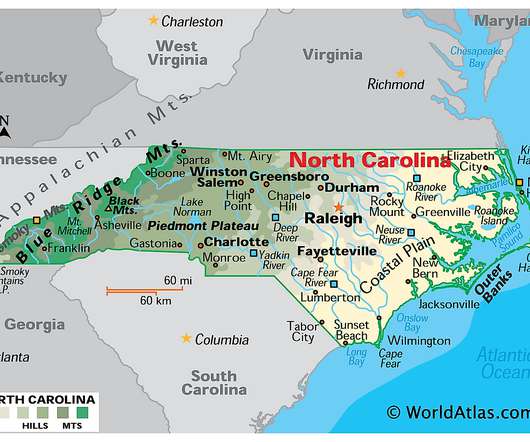
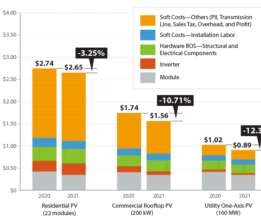
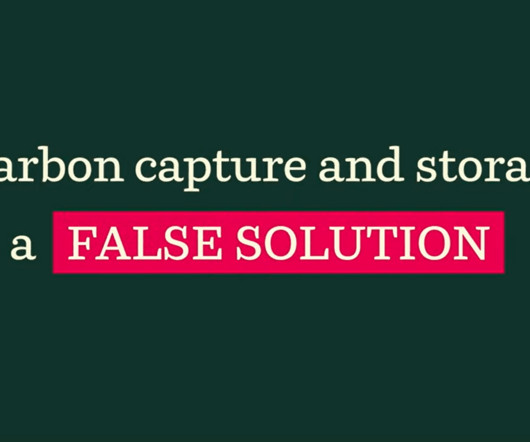




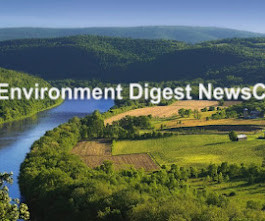
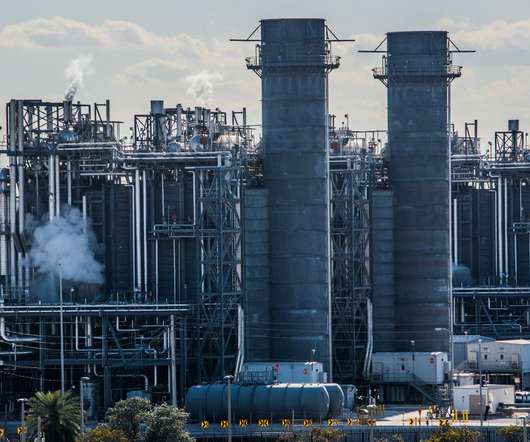



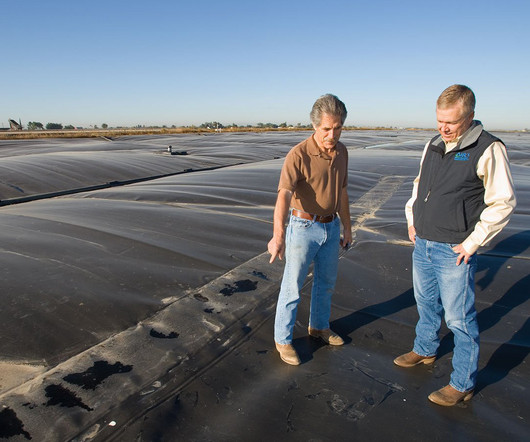
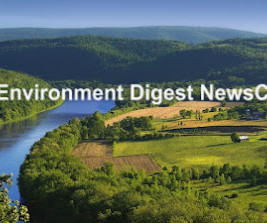
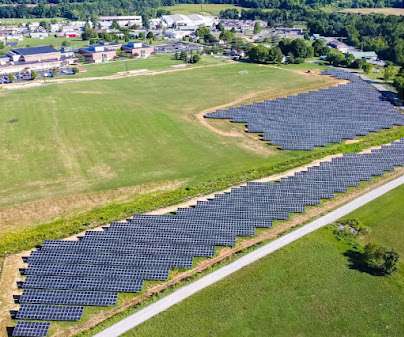













Let's personalize your content